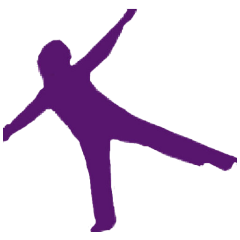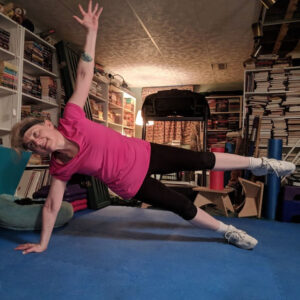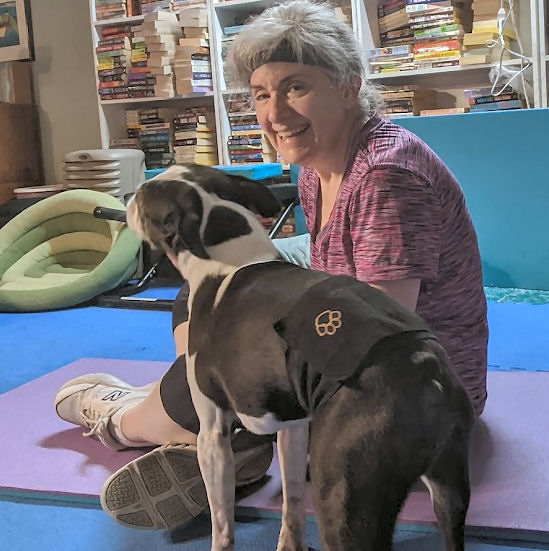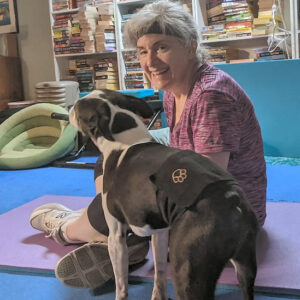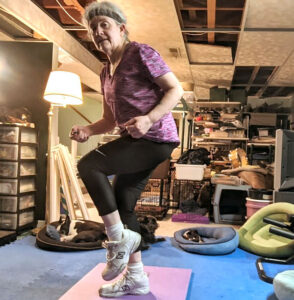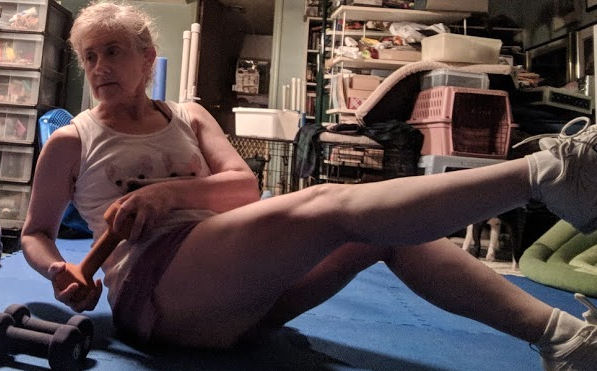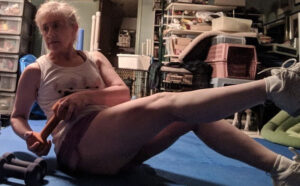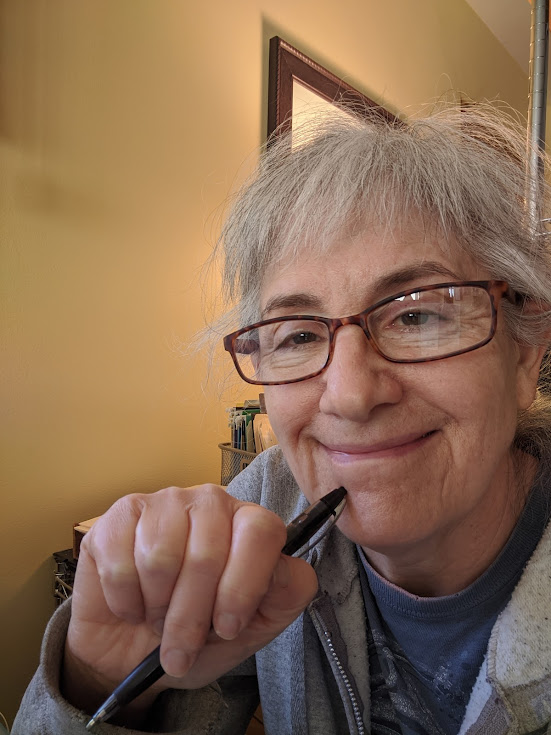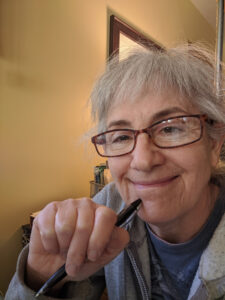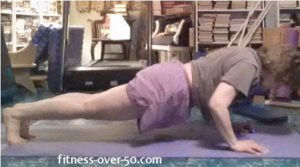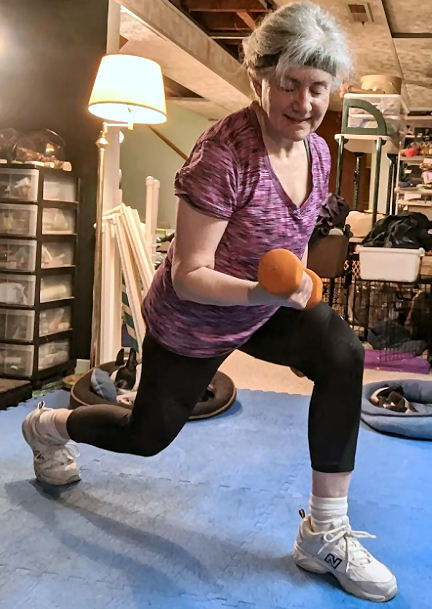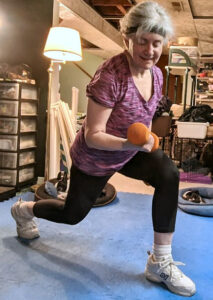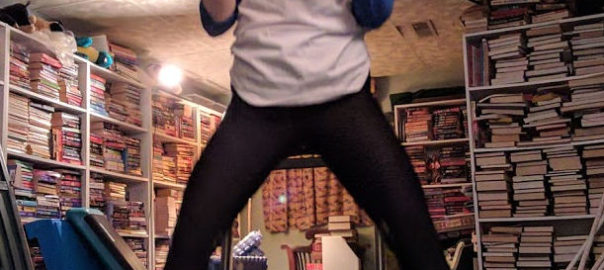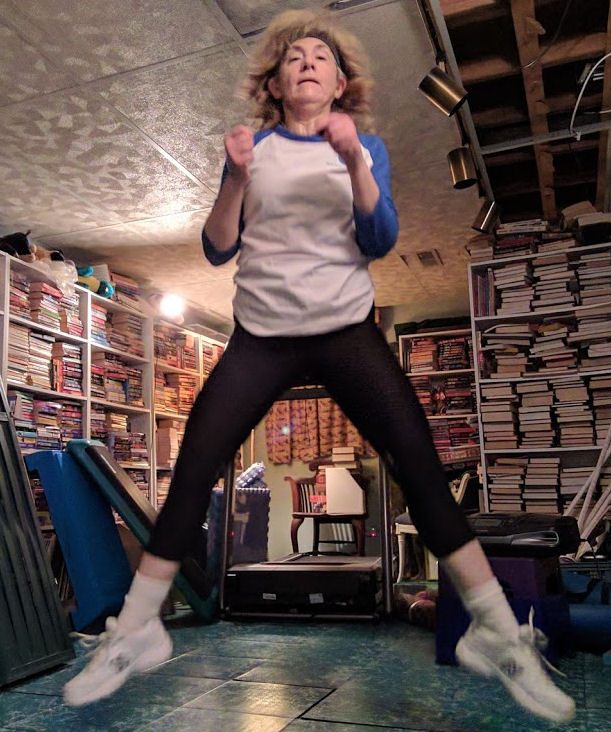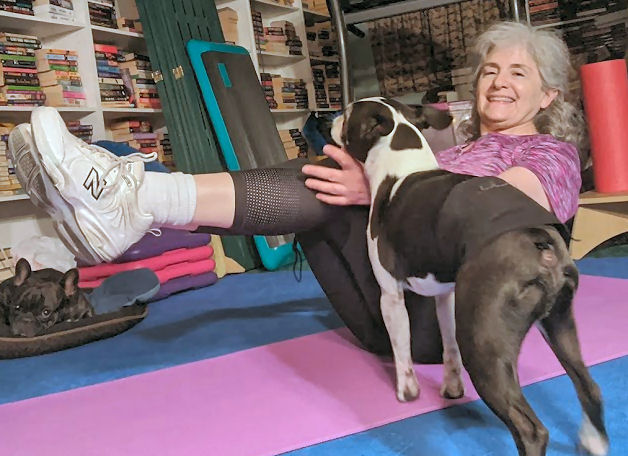Want to get stuff done? Get disciplined.
Got plans? Of course you do. And then life happens. It’s frustrating, I get it. Then how are some people able to accomplish so much? They may just be lucky and nothing gets in their way. Or they could be extremely disciplined. Some people achieve their goals no matter how high they set them. And other people don’t. Those people who achieve their goals have the discipline to put blinders on for at least part of each day, and not let anything distract them. If you want to get stuff done, get disciplined.
Navy SEALS have what it takes
In his book, Embrace the Suck, former Navy SEAL Brent Gleeson describes 9 ways to create the discipline it takes to complete a project. Without undergoing the rigorous training it takes to become a SEAL, we can learn from the lessons Gleeson recounts and develop the discipline to achieve our own goals.
Know yourself
The first step, Gleeson says, is to know yourself. Know your strengths and weaknesses. I know that I can’t stop eating chocolate. It’s impossible. What I can do is modify my eating habits so that I only eat a small piece. That small piece has to be the very best, or it won’t satisfy me, though. If I crave chocolate and eat some of the cheap stuff that tastes like wax, I’ll just want more, hoping that it’s better than I remembered.
Likewise, I know that I won’t be happy with a workout program that uses country music to motivate. I’m happier with classic rock. That kind of music will inspire me to work harder. Like I’ve said, focus on the fun and you’ll get stuff done – hey! that rhymes!
Use your weaknesses as a strength
Your weaknesses can be used to inspire you to change, though. Yes, I admit that I have a weakness for dark chocolate. I can use that dark chocolate as a reward for a week of hard workouts. A very small piece. Likewise, if you see something in yourself that will work against a very important goal, you can work to change it. When I wanted to lose weight years ago, I changed my eating habits. More vegetables, less starch. As much as I adore pasta and potatoes, I cut back when I made it my goal to lose weight.
If you know that you need to focus and do some deep thinking for a project to complete it, set a timer for 50 minutes, turn off your notifications, turn your phone face down, and get to work. Those last 10 minutes of the hour, reward yourself with some scrolling. When you want to get stuff done, get disciplined, then you get the reward.
Your goals
I’ve talked before about setting specific goals. It’s good for your healthy aging to have a few goals – both long- and short-term. If I want to make it my goal to hold the Side Plank Star for 10 seconds by the end of the year, I should plan steps toward that big goal with the few short weeks left in mind. But all of your goals should have deadlines, and be very specific. Set a route to travel toward your goal. Achieving our goals ensures our happiness as well as our resilience.
So, if you want to get stuff done, get disciplined. And if you want more help getting disciplined and making sure you’ll stay motivated, get the Get It Done Guide.
